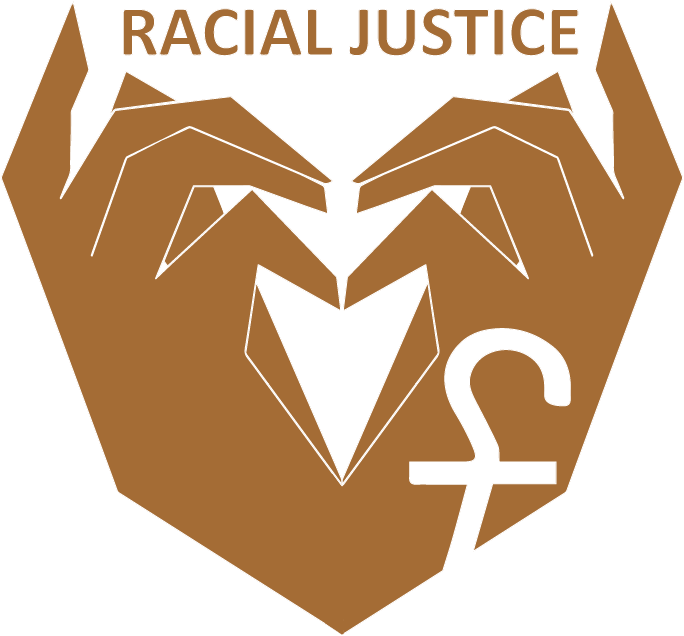Reverend Amy Zalk Larson
Good Shepherd Lutheran Church
Decorah, Iowa
Click here to read scripture passages for the day.
Beloved People of God grace to you and peace in the name of our risen Savior Jesus.
The women leave the empty tomb with fear AND great joy. One does not negate the other.
They’re fearful AND they’re joyful at the same time.
Today, we might experience Easter joy AND fear about the state of the world. We may grieve AND feel hope arise within us. We can doubt AND embrace wonder. Two seemingly disparate things can be true at the same time. We live in an either/or world of sharp distinctions. A world that encourages us to judge experiences and others as either good or bad, happy or sad, right or wrong, fearful or joyful. Yet such judgements can constrict, confine, entomb us into rigid, soul killing ways of being.
Today as we ponder the power of the resurrection, let’s consider the power of the word and. In an either/or world, a simple AND can help us experience newness; it can help us claim and practice resurrection in daily life. We don’t often give a lot of thought to the word and or to any of the other coordinating conjunctions like so, or, but, yet. The words can seem minor AND the one we choose can make a big difference.
Imagine you’re running a marathon. I know, the resurrection seems more realistic than imagining myself doing 26.2 miles, but stay with me, just a little thought experiment. At mile eighteen you say to yourself, I want to finish the race but I’m exhausted. When you say but I’m exhausted, you give much more weight to the exhaustion, and you diminish your desire to finish. Imagine saying instead, I want to finish the race AND I’m exhausted. Two things are true. How do I honor them both? Maybe I could slow down, walk for a bit, maybe I need more water. That little word “and” can open new possibilities within us.
Listen to how it sounds in these situations. “I’m feeling burned out AND I really care about this project.” That invites you to tend to both your weariness and your passion, rather than diminishing one. As you do that, a new way forward might emerge. “I feel devastated that he died, AND I know he was in a lot of pain,” is a way of honoring both your grief and your loved one’s peace. “I have lots of questions about this church thing AND I value the community,” helps you pay attention to all of what matters to you.
The word and can also open new possibilities in relationships with others, helping us to honor what we value and honor the other. “I’m sorry AND I’m hurt by what you said.” “I don’t agree with that decision AND I’m feeling really grateful that you tried.” “I hear what you’re saying AND I see things differently.”
The Christian story embraces both/and in a world of either/or. Jesus is fully God AND fully hu- man. We have new life in Christ AND things are still hard. The kingdom of heaven is at hand AND not yet fully present. We are saint AND sinner, broken AND beloved, fearful AND joyful, like the women at the tomb.
Mary Magdalene and the other Mary have so many reasons to be afraid that first Easter morning.
The past week has taken so much from them: their beloved teacher, the community he’d created, their hopes for the future. As if that isn’t enough, when they go to the tomb, there is a terrifying earthquake. An angel who looks like lightning appears. It’s so frightening that the guards shake and become like dead men. The women see the same things that the guards see and certainly feel the same fear. Yet they aren’t overcome by fear. They’ve been in relationship with Jesus who em- bodies both/and – both human and divine, justice and mercy, sorrow and trust.
The years with Jesus seem to help the women remain open to something more than fear at the tomb. They’re able to hear the words of promise and hope from the angel. “He is not here.” “He has been raised as he said.” “Go quickly and tell the disciples.” Joy, hope, and trust arise within them, alongside the fear and grief. The guards remain entombed in fear, but the women are able to move through all the emotions. They leave that place of death knowing Jesus is not there. Death cannot contain him. And now death cannot contain them. They go to tell the good news.
On their way, the risen Jesus meets them. “Do not be afraid,” Jesus says to them. “Do not be afraid,” Jesus says to you, to me, to us, today. And the word of Jesus creates what it declares. As if to say, you may fear, but you are not afraid. Fear does not define you. Fear is not who you are. You are not the sum of your fears. You are not the weight of your tears. You are beloved of God, joined to the one who has risen from the grave, free from soul killing ways of being. You are a witness to new life emerging from death.
The Risen One who holds multitudes, meets you, holds you. Held in this life-giving love, you can move through all the emotions of this day and every day.
You can experience and practice resurrection in how you speak and act.
You are a witness to the good news in your fear AND your great joy.
Let’s take a moment for silent prayer.



